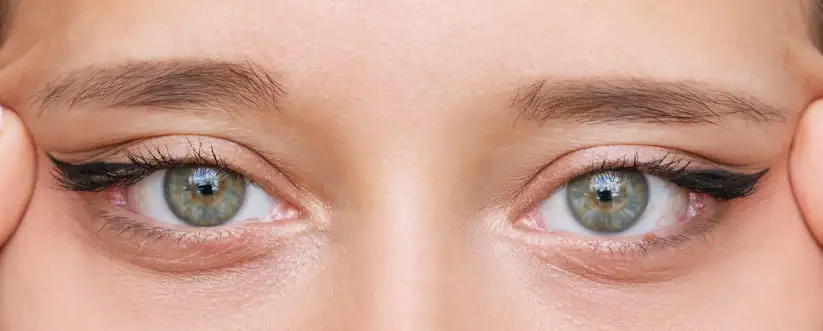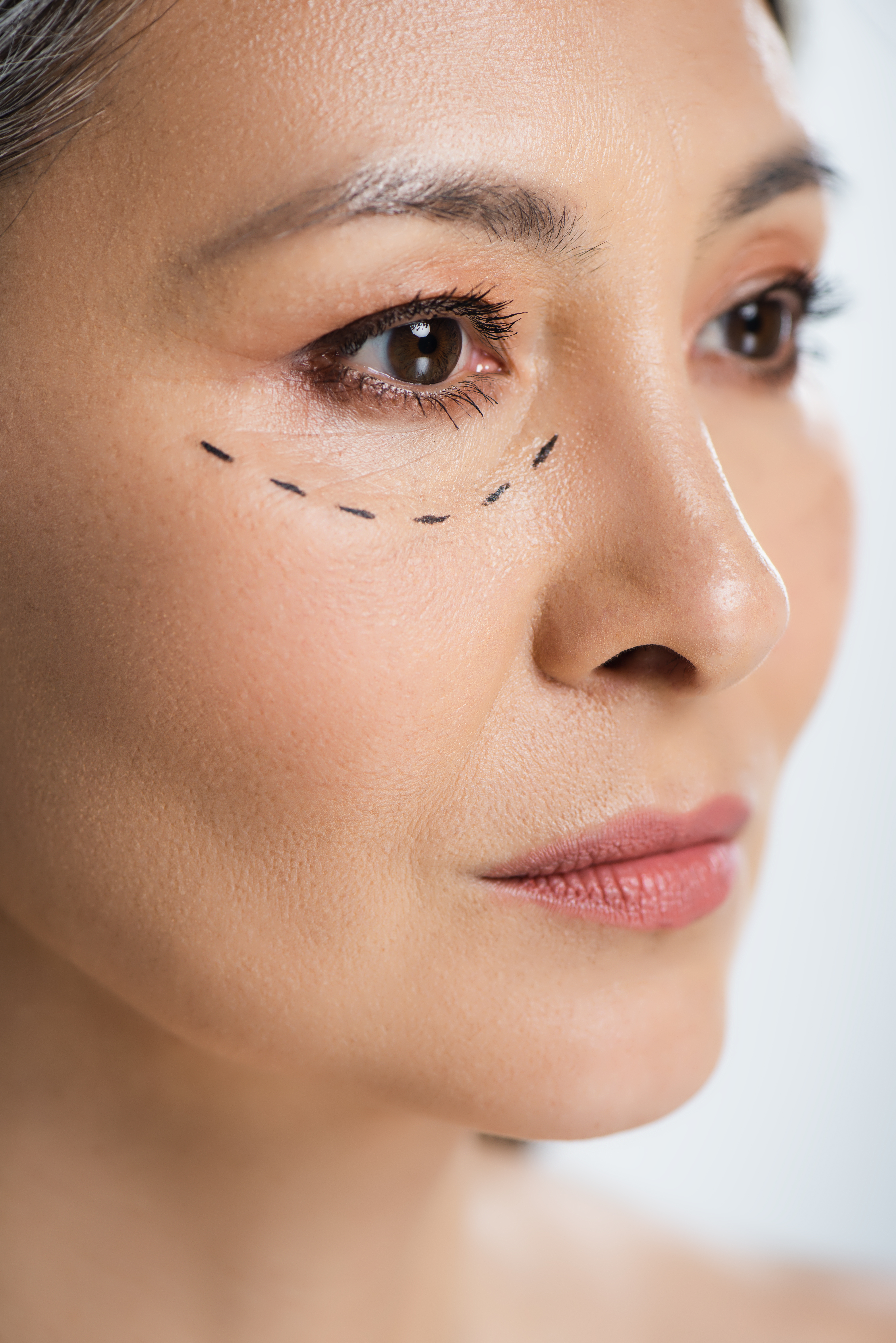Ptosis is a condition characterized by drooping of the eyelid below its normal level, negatively affecting both a person's visual field and appearance. Commonly known as "droopy eyelid," ptosis can give the facial expression a tired, sad, or inattentive appearance. This condition can be present from birth (congenital) or develop later in life due to aging, trauma, or various diseases. Early diagnosis and treatment, especially in childhood cases, are crucial, as untreated ptosis may lead to permanent vision impairment.
What are the Symptoms of Ptosis?
Symptoms of ptosis can vary in severity among individuals. The most common signs include:
-
Drooping of the upper eyelid, partially or completely covering the pupil.
-
Constantly tilting the head backward or raising the chin due to reduced visual field.
-
Continuous elevation of eyebrows caused by excessive use of forehead muscles.
-
Difficulty in daily activities such as reading, writing, or driving.
-
Persistent facial expression appearing tired or sleepy.
-
Increasing discomfort or pain around the forehead and eyes, particularly by the end of the day.
Causes of Ptosis
Many factors can cause droopy eyelids. The main causes include:
-
Congenital Ptosis: Results from inadequate development or structural abnormalities of eyelid muscles present from birth.
-
Age-related Ptosis: Caused by weakening and relaxation of eyelid muscles and tissues with advancing age.
-
Traumatic Ptosis: Occurs due to injury, accident, or previous eyelid surgery causing muscle or nerve damage.
-
Neurological Diseases: Neuromuscular conditions such as myasthenia gravis disrupt the nerve-muscle communication, leading to droopy eyelids.
-
Contact Lens Use: Long-term and improper contact lens usage can weaken eyelid muscles, resulting in ptosis.
How is Ptosis Diagnosed?
Ptosis diagnosis involves a detailed clinical examination by an ophthalmologist. During the examination, the following evaluations are performed:
-
Precise measurement of eyelid opening in millimeters.
-
Assessment of eyelid muscle strength and movement.
-
Detailed examination of visual functions and eye movements.
-
Additional tests (blood tests, MRI imaging, etc.) may be required if underlying neurological diseases are suspected.
Treatment Options for Ptosis
Treatment is determined according to the patient's condition, age, cause, and severity of ptosis. Treatment options include:
-
Non-surgical approaches: Observation may be sufficient for mild cases, particularly when muscle weakness is minimal. Temporary solutions such as supportive eyewear might be recommended.
-
Surgical Treatment: Surgery is the most effective solution for moderate to severe cases. During surgery, weakened eyelid muscles are repaired, and the eyelid is repositioned correctly. Surgical intervention in children should ideally be performed early to preserve vision and prevent amblyopia (lazy eye).
Importance of Early Diagnosis
Early diagnosis and treatment of ptosis, especially in children, are crucial to prevent permanent vision problems. In adults, proper treatment significantly enhances quality of life by improving visual comfort and ease in daily activities. If you suspect you or your child has ptosis or notice any symptoms listed above, it is recommended to consult an ophthalmologist promptly.









